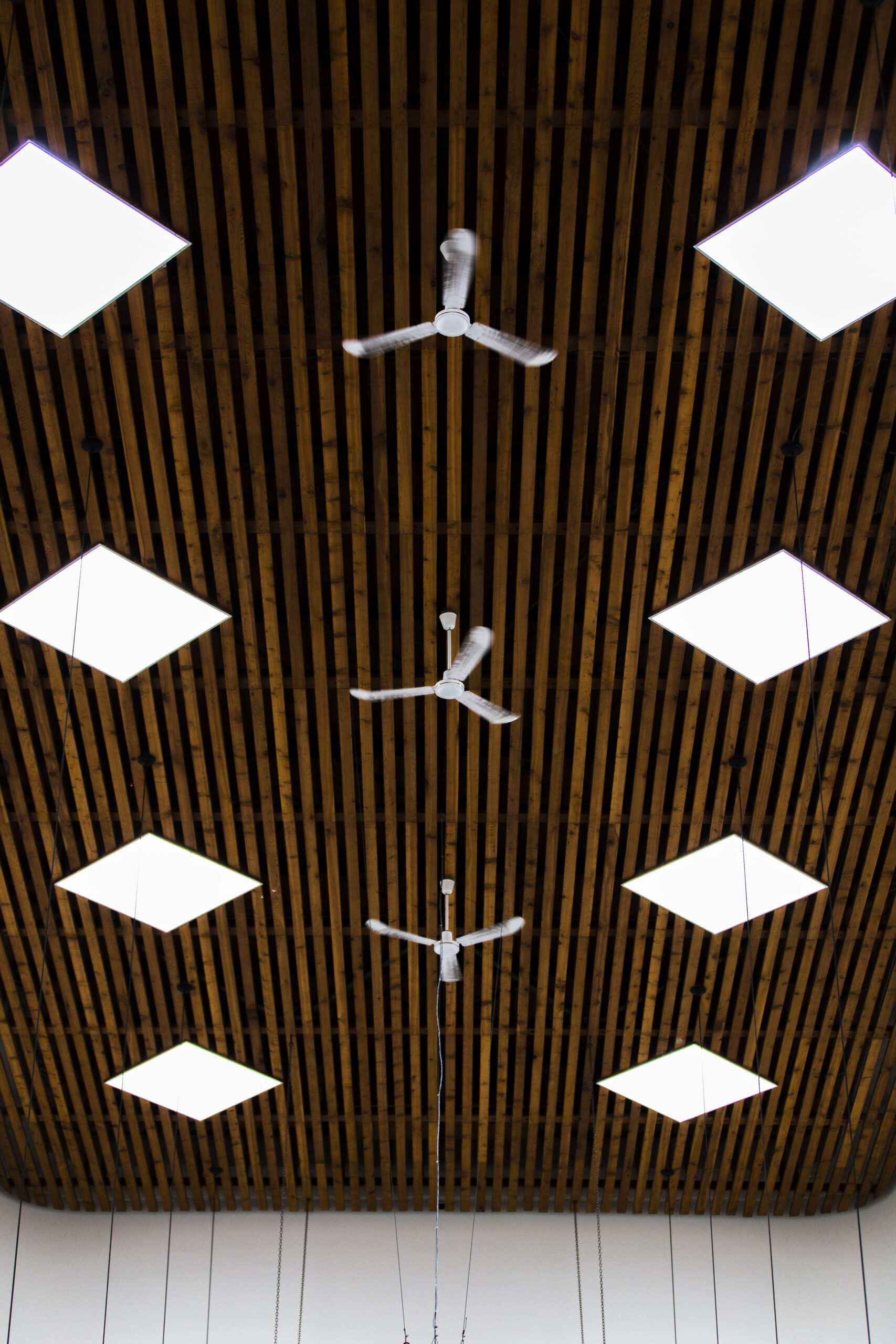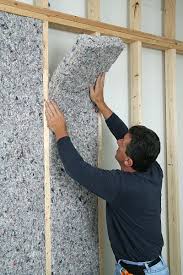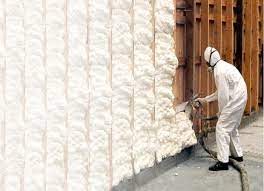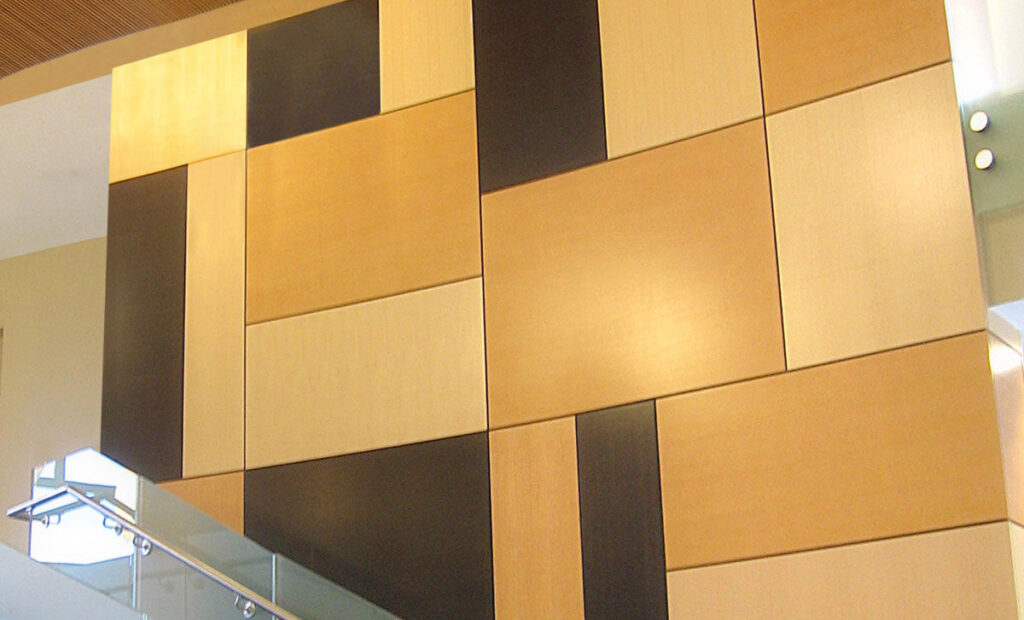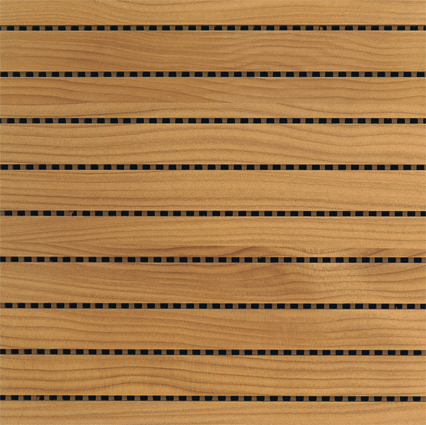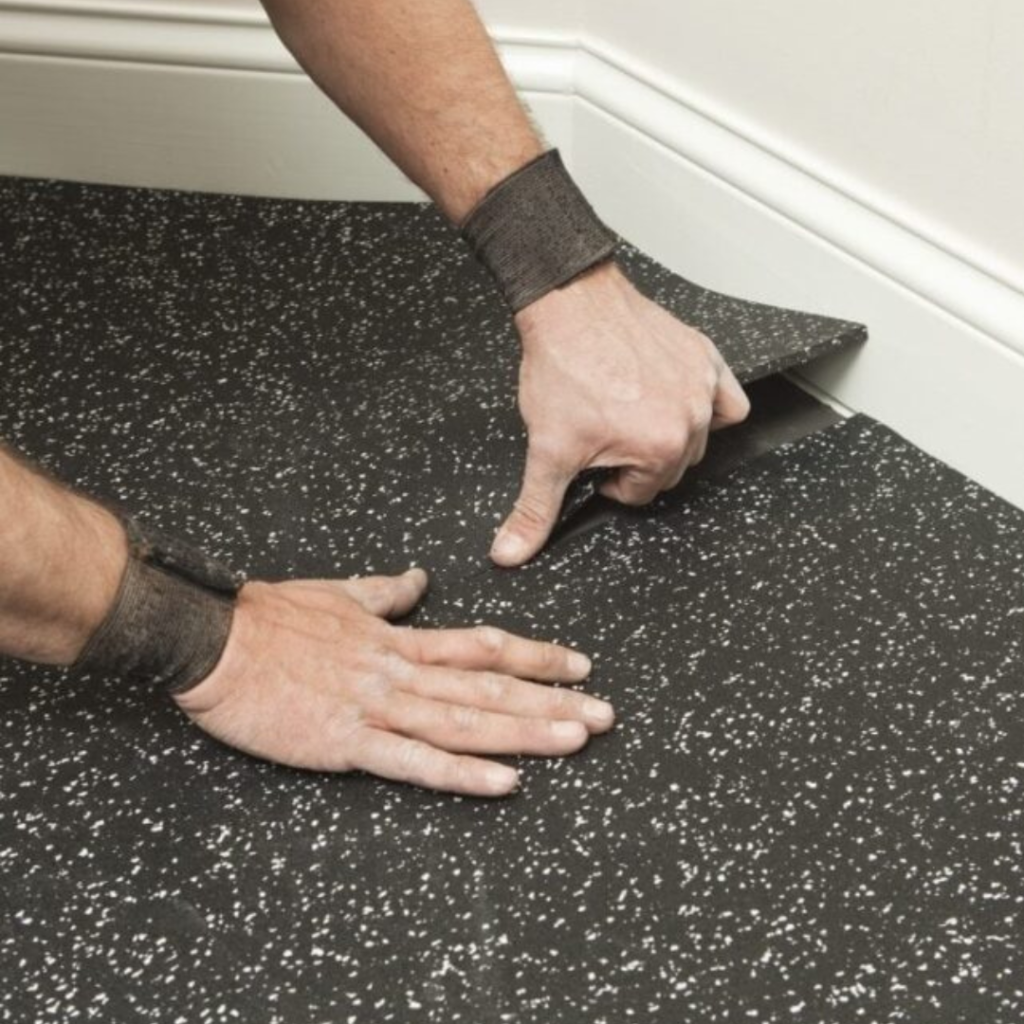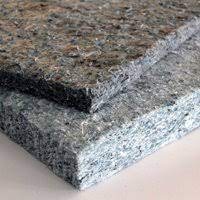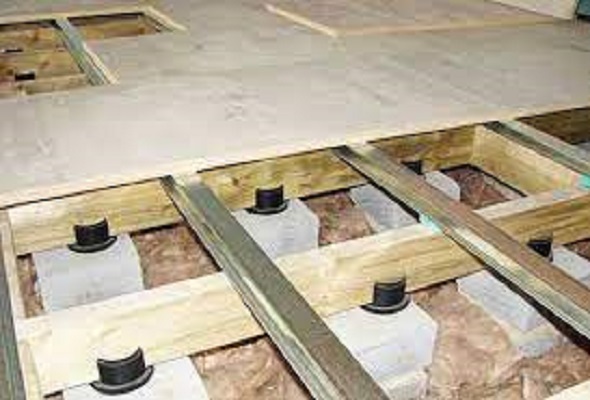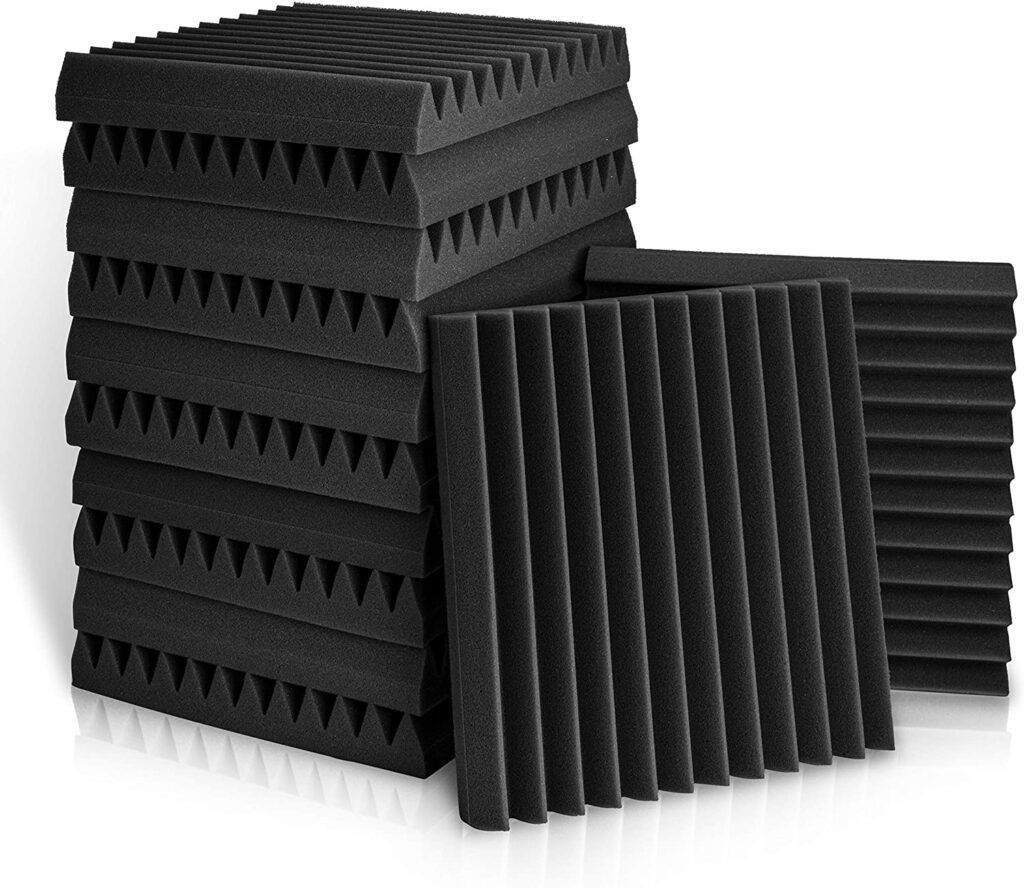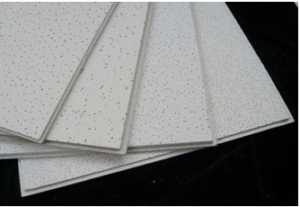Introduction:
In the dynamic world of architecture and interior design, aesthetics often take precedence. However, it is crucial to understand that the auditory experience plays just as significant a role in creating an optimal space. Unwanted echoes, reverberations, and noise pollution can disrupt our comfort, productivity, and mental well-being. Fortunately, acoustic building materials provide effective solutions to these issues, enhancing sound quality while fostering a more serene environment. In this blog post, we will dive into the role of acoustic building materials in improving sound quality, and how these materials can make any space acoustically comfortable, ensuring a balanced experience for all.
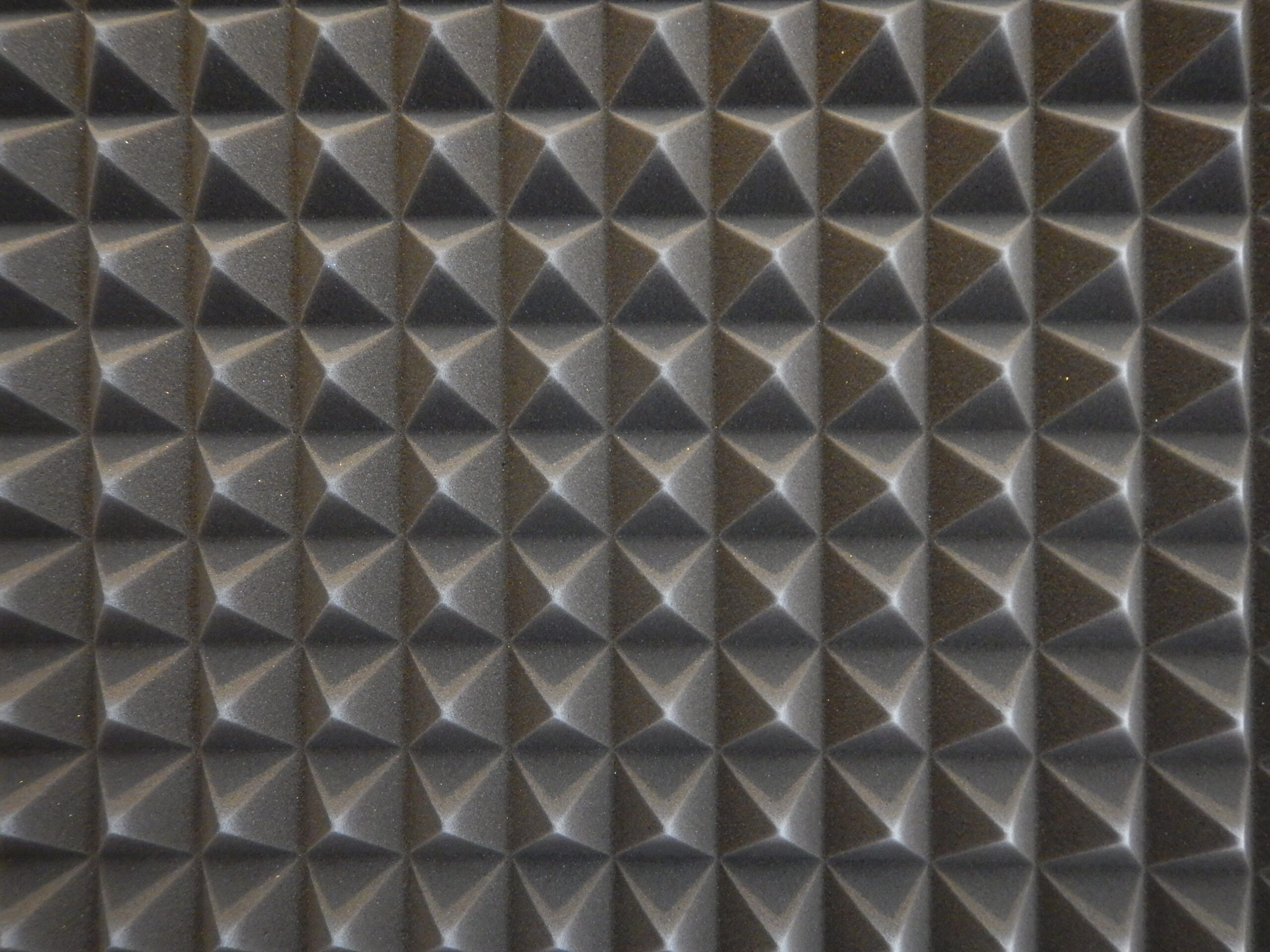
Acoustic Building Materials: Enhancing Your Space’s Acoustics
Acoustic building materials are specially designed to manage sound within a space, whether it’s for sound absorption, noise reduction, or improved acoustics. They help create a more peaceful environment by reducing noise disturbances and improving sound clarity, offering tangible benefits for various sectors such as homes, offices, healthcare, entertainment, and education.
Sound Wave Absorption
One of the primary functions of acoustic building materials is sound wave absorption. These materials are engineered to prevent sound from bouncing off hard surfaces and causing unwanted echoes or reverberations. By minimizing sound reflections, these materials improve sound clarity and reduce background noise. Common examples of sound-absorbing materials include foam panels, fabric-wrapped wall panels, and acoustic ceiling tiles. These materials are particularly effective in creating a quiet, focused atmosphere in spaces like concert halls, classrooms, meeting rooms, and office spaces, where clear communication and concentration are crucial.
Noise Reduction
Noise pollution has a profound impact on our health, well-being, and concentration. The strategic use of acoustic building materials plays a vital role in mitigating both internal and external noise. For instance, mass-loaded vinyl and soundproof drywall serve as effective barriers that isolate spaces from external noise such as traffic, construction, or industrial sounds. On the inside, acoustic wall panels and ceiling baffles minimize the transfer of sound between rooms, ensuring privacy and peace within the building.
In noisy urban environments like Riyadh or Dubai, where external noise pollution is a significant issue, these materials are especially valuable for businesses, residential buildings, and educational institutions that prioritize quiet, comfortable settings.
Improved Speech Intelligibility
Clear communication is essential in various spaces, such as lecture halls, conference rooms, and auditoriums. Acoustic building materials enhance speech intelligibility by reducing reverberation and background noise. Strategically placed sound-absorbing panels help absorb excess sound energy, preventing it from reflecting off walls and interfering with speech. This ensures that every word spoken is clearly understood, making the environment more conducive to learning, presentations, and meetings. In environments where understanding is critical, such as hospitals or courtroom settings, clear communication can have a significant impact on outcomes.
Aesthetic Flexibility and Customization
Gone are the days when acoustic solutions meant bulky, unattractive panels. Today, acoustic building materials come in a wide range of visually appealing options, such as decorative fabric panels, perforated metal screens, and custom-printed acoustic solutions. These materials are designed to blend seamlessly with a variety of architectural styles, whether contemporary, modern, or traditional.
By integrating acoustic materials into the design process, architects and designers can create spaces that not only offer functional noise control but also add to the visual appeal of the space. For example, custom fabric-wrapped panels can complement the décor, while perforated wood panels add a natural aesthetic that works well in both corporate and residential spaces. This combination of design and function allows businesses to prioritize acoustics without sacrificing aesthetics.
Health Benefits of Acoustic Building Materials
The impact of poor acoustics extends beyond just comfort. Studies have shown that noise pollution can increase stress levels, decrease productivity, and affect overall mental health. By incorporating acoustic building materials into your space, you can help mitigate these health concerns. Reducing noise pollution promotes a calm environment, which can lead to improved focus, better communication, and a more positive overall experience.
For example, in healthcare settings like hospitals, reducing noise can enhance patient recovery by creating a soothing and quieter environment. Similarly, in corporate offices, a quiet workspace can improve employee focus and job satisfaction, resulting in higher productivity.
Sustainability and Environmental Benefits
Sustainability is an essential factor in today’s design decisions. Many acoustic building materials are made from environmentally friendly materials such as recycled products or those that reduce energy consumption. For example, eco-friendly insulation and acoustic foam made from recycled polyester not only reduce noise but also minimize the environmental impact of your building project. This makes acoustic materials an excellent choice for businesses and individuals who prioritize sustainability.
Moreover, by improving sound insulation, these materials can help in reducing the need for excessive heating or cooling. Proper insulation contributes to energy efficiency, lowering energy consumption and ultimately reducing your carbon footprint.
Conclusion
In a world where noise pollution and poor acoustics are common, the importance of acoustic building materials cannot be overstated. From absorbing sound waves to reducing noise pollution and enhancing speech intelligibility, these materials provide critical benefits that improve the overall auditory experience in any space. Whether it’s a concert venue, office, school, or residential area, the incorporation of acoustic building materials is a crucial step towards creating environments that promote productivity, comfort, and well-being.
By choosing the right acoustic building materials from AKINCO, you are not just investing in noise reduction solutions; you are enhancing the comfort, health, and overall quality of life for anyone who interacts with that space. Start incorporating acoustic building materials in your next design project with AKINCO the best acoustic soundproofing company in riyadh, and create spaces that not only sound great but also look fantastic and contribute to sustainability.


